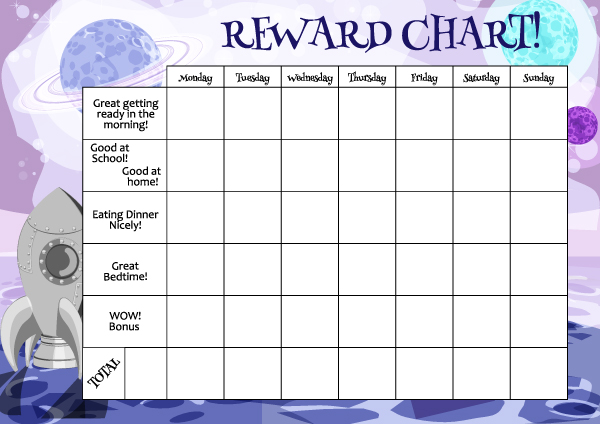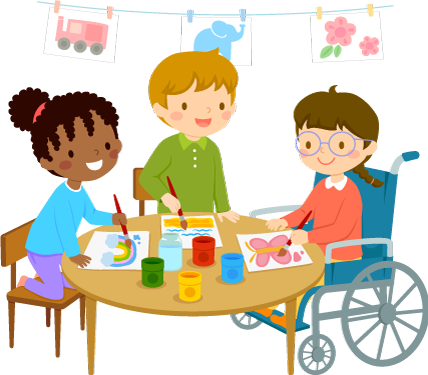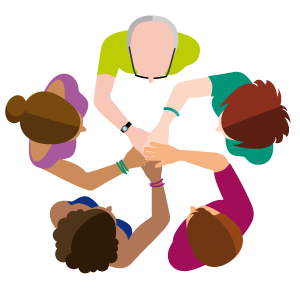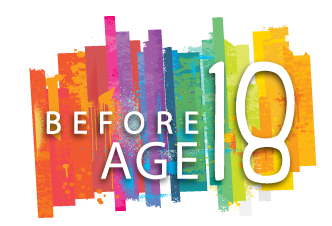Age 5 to 10
Family Action StepsTips for helping 5 to 10-year-old children grow and learn!
Helping a child learn and grow toward adulthood can be fun and rewarding. It can also be very challenging! Encouraging the child to learn and grow at home can help them have good social and learning experiences in grade school and beyond.
Your expectations for the child play a major part in getting them ready for the future. The more you encourage and support the child to achieve, the more they will. Think big and cheer them on!
The little things you do now at home will make a big difference in how well the child does in school and as an adult. Children with disabilities are best supported when parents encourage them to do well in school and with friends.
Get Started
Things to DoHere are a few ways to start:

Give chores to do at home
Choose chores based on the child’s ability – you know them best! Examples of chores for children between the ages of 5-10 are:
- Sorting laundry
- Setting and clearing the table before or after a meal
- Watering plants

Do things together!
Do things together you both enjoy. Learning can be fun!
- Play games
- Do volunteer work in your community
- Go to sporting events, either as a team member or to cheer the team on

Give praise for good behavior

Offer Choices
Let the child make decisions.
- They could choose what game to play or what to have for dinner.
- Help the child plan their goals and help them get there! If they want to play an instrument or join a club, help them get involved at school. If they want to finish a book, help them find the book at a library and organize 30 minutes of reading time every day.
- Practice and discuss how to respect, be kind, and help others. Show this by speaking kindly and politely to the child and to others. Or, let the child answer questions before responding.

Connect with your community
Talk with your school to help the child be more included in the classroom and with peers. It’s the child’s right under IDEA!
Get more information on how to prepare the child for success in grade school:

